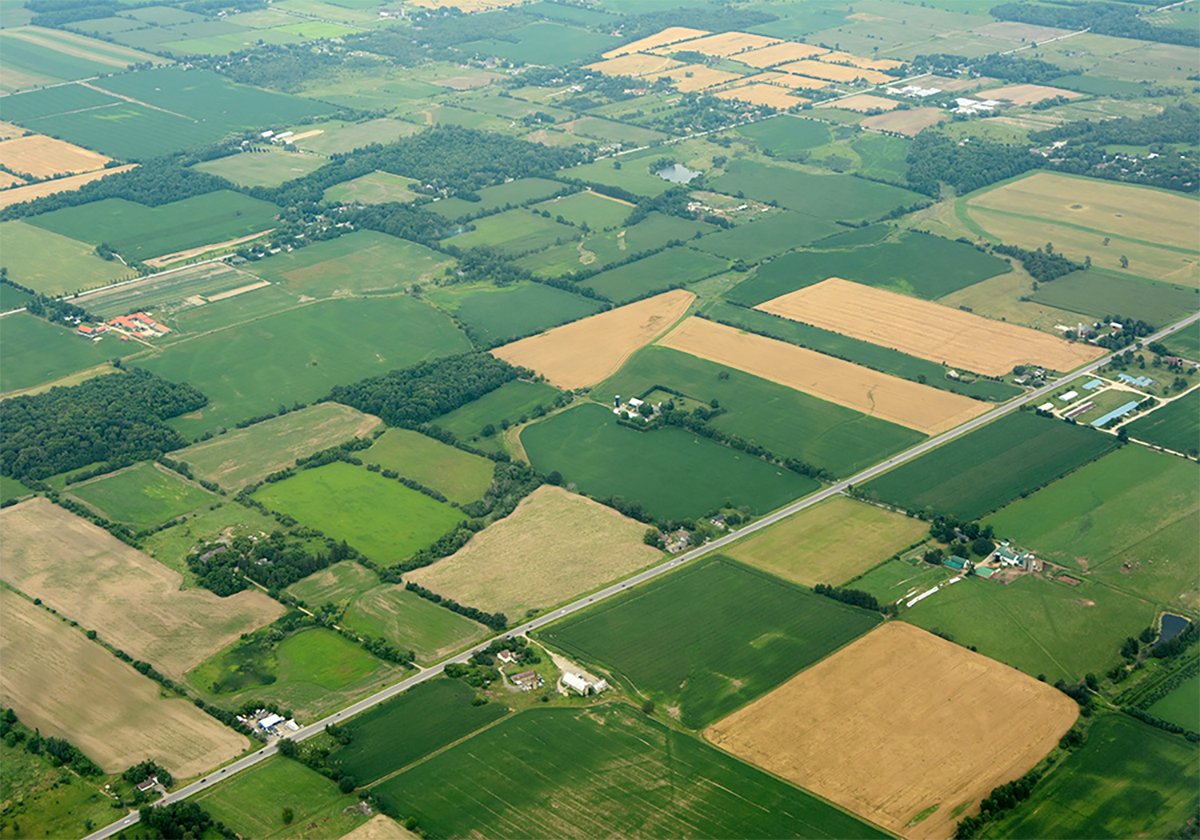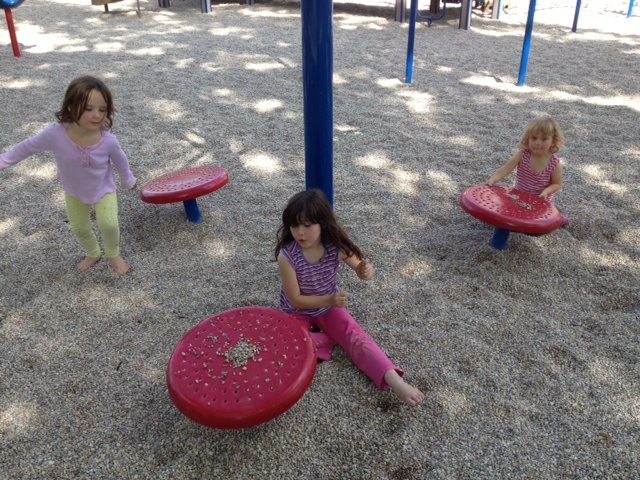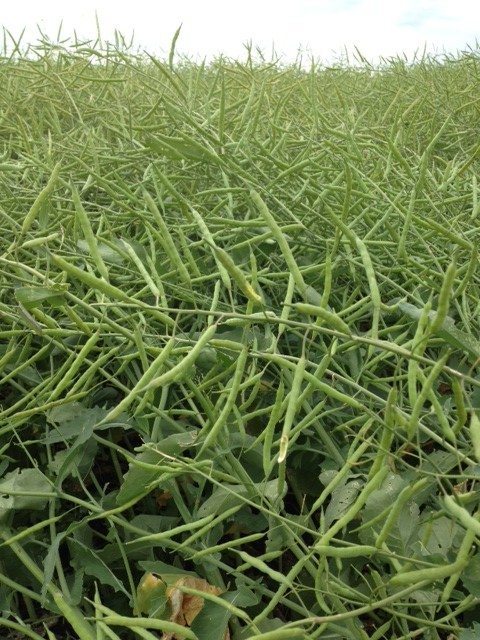I was standing on the edge of a school playground yesterday, relaxing as my three kids ran and spun and slid and did everything else kids do to entertain themselves on a bank holiday Monday, and I felt a slight melancholy. It was beautiful outside, with blue skies and a warm sun, but I just wasn’t ready for summer to be over. I felt that profound sense of impending loss one gets on the Labour Day weekend, realizing that this pleasant environment is about to disappear, getting cooler and cooler every day until warmth is entirely snuffed out by winter, and we’re all back to getting our complaining kids into snowsuits every day.
Read Also

Higher farmland taxes for investors could solve two problems
The highest education and health care land tax would be for landlords, including investment companies, with no family ties to the land.
Wait a minute . . . It was just the August bank holiday weekend, not the Labour Day weekend. WTF? Why was I feeling like summer was done?
The answer comes from the way the weather evolved over July, with a hot first flash followed by a long, slow grind of cool days, grey skies and not a single hot day.
It feels like we’ve had no summer, after getting no spring. And that sucks. Both personally and professionally, especially for farmers who utterly rely upon the weather to give them a crop.
So how are the crops doing? As most of you with fields full of crop already know, very very well. Big, thick, lush crops with generally astoundingly good yield prospects.
They have survived the cool spell in their vegetative way, growing steadily and with that brutal determination of the green kingdom of push their development towards maximum potential. This cool spell has been ideal for the reproductive stages of both cereals and especially canola, so we should see almost none of the heat blast that hammered-down so many canola crops last summer and gave farmers poor yields.
Ahhhhhhh, but we must be so far behind now that frost is going to kill the whole thing, right?
Well, who knows when frost will first fall? That’s a fool’s guessing game. But crops actually aren’t that far behind average in development, which is something that surprises many farmers who look at their own crops and wonder why they’re looking OK. The frost risk isn’t that much greater this year than any right now.
To get an answer to how this is possible, I called some leading weatherologists last week. (I know “weatherologist” isn’t a real word, but this is my blog and I’ll invent any word I want.) Universally and shockingly they told me that it hasn’t actually been a cold summer. In fact, even though it’s been a little cool, it’s actually within the “normal” range.
Huh???????????
Indeed, I was told, the OK development and good shape of most crops comes from the fact that most crops have actually received only slightly less growing degrees so far this summer than in an “average” summer by this point.
How is this possible, if the friggin reality is that WE HAD NO SPRING and that JULY WAS DAMNED COOL??????????
This I asked my weatherologists.
Here’s where averages can be both deceptive and tell a deep truth that defies commonly-held false perception.
Apparently, July was indeed cooler than average by about 1.5 to 2 degrees – in the daytime.But it was also about one degree warmer in the nighttime. Add that together and you get an ever so slightly cooler July than pure average. But nothing that appears in the stats as significant.
Weird, huh? Defies our experience of the month in a way that could provoke a cry of “B*llsh*t!!!” from many of you.
However, there is a factor that explains how the averages themselves don’t truly reveal what either crops or humans feel when they’re outside: weatherologists gather their temperatures in the shade, rather than out in the sun. So a 21 degree afternoon temperature on a grey, cloudy day appears in the stats the same as 21 degrees with strong sunshine, even though anyone standing outside would find the two days completely different. 21 degrees with sun can feel hot. 21 degrees with complete cloud cover can feel chilly. Crops might not get so hot during the middle of the day, but they absorb more of the heat that remains around during the evening, night and morning when there is cloud cover so they don’t notice such a difference. But humans who only spend a couple of hours per day outside find it a radical difference.
There’s also another element to the human whining about the cold summer: we ignore nice patches we’ve had. June was above average for temperature. That’s why crops caught up from the late spring. And that first few days of July was hotter than average. Add those into a season-long record of heat and you get near normal, which is how the weatherologists look at it.
So that seems to be how we explain both the perception that this has been a very cool summer and yet have the reality that crops look good and not that far behind average: in a statistical, averagey kind of way, it’s been pretty normal.
That doesn’t make any human feel like they haven’t been totally ripped off this year, with a brutal winter followed by a spring . . . Actually, we didn’t get a spring this year. And then a cool July with no sun. But if someone had planted you in the ground a couple of months ago and let you grow, you’d have turned out OK.
(Just so you know, I asked my weatherologists how August and September are likely to turn out. They agreed with a prediction that the second half of August will have average temperatures, which should allow many crops to mature, and that September might even have later frost dates than in an entirely average year, allowing many crops to finish off before Jack visits. So the slight lateness of our crops might not matter much at all.)



















